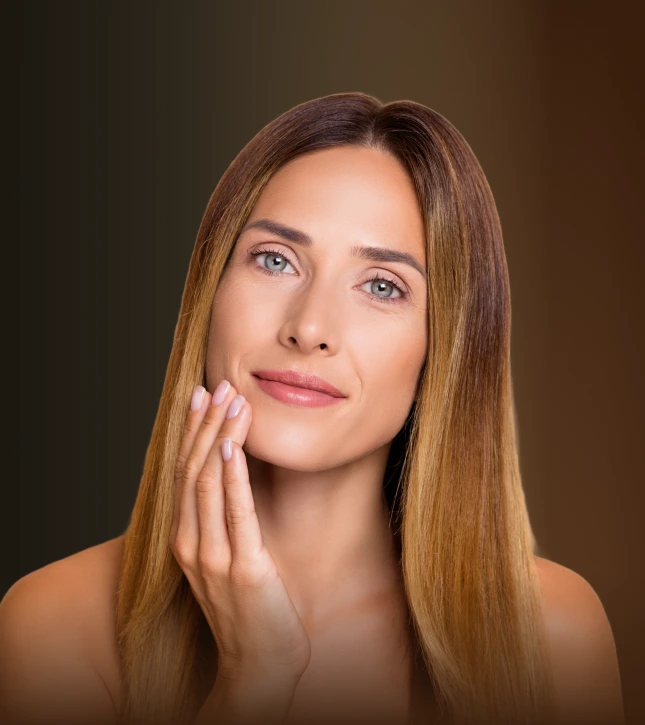
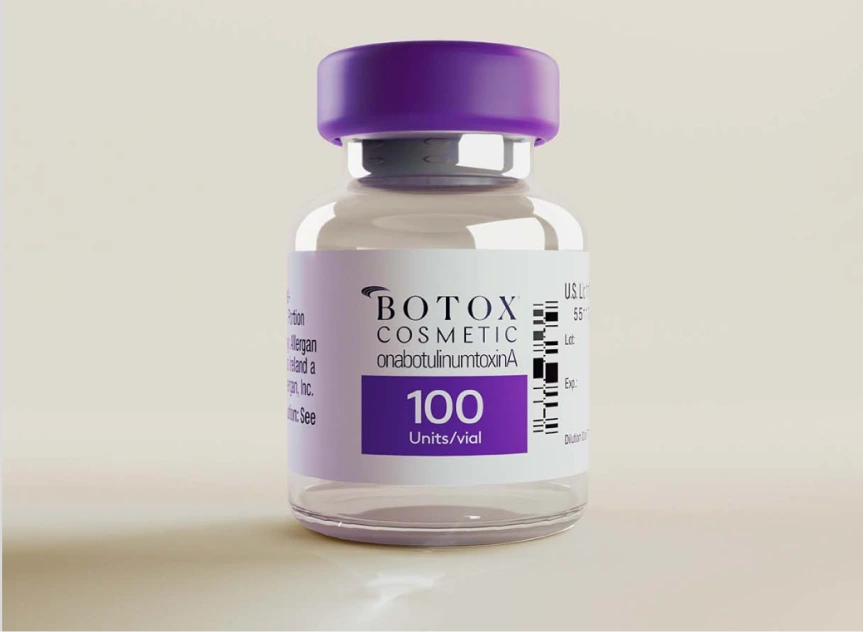
Botox is a medication containing botulinum toxin type A, a neurotoxin produced by a particular bacterium called Clostridium botulinum. It is injected into muscles to weaken or paralyze them for several months. Botox is used cosmetically to smooth facial wrinkles, including frown lines, crow’s feet, and nasolabial folds. It also has therapeutic applications to treat muscle spasms, excessive sweating, overactive bladder, and eye muscle disorders. The effects of cosmetic Botox typically last for 3-4 months before needing to be reinjected if the patient wishes to maintain the results.
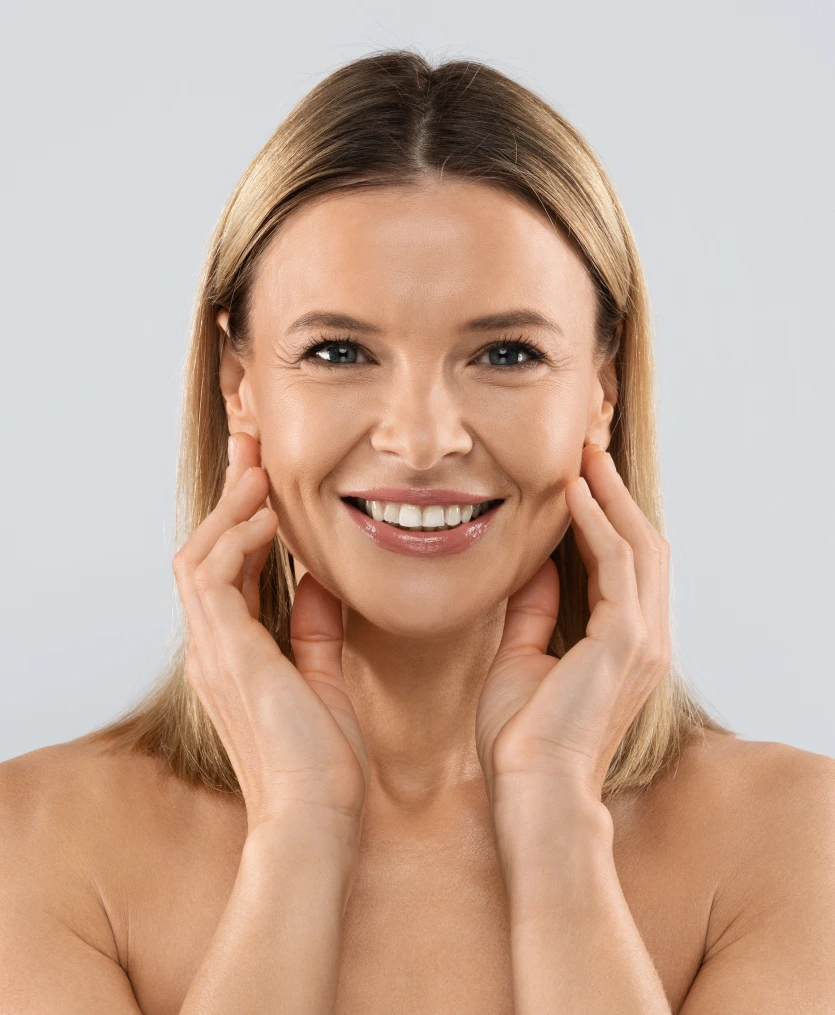
Upper Face
Lower Face
Additional Uses
Before receiving Botox injections, a consultation is typically conducted to determine if this is an appropriate treatment option based on the patient’s cosmetic concerns and medical history. During the appointment, our provider evaluates the facial muscles and skin to select the optimal injection sites and dosage to achieve the desired aesthetic goals. Patients may be advised to avoid blood thinners, anti-inflammatory medications, and supplements that could increase bleeding or bruising for 1-2 weeks before the procedure.

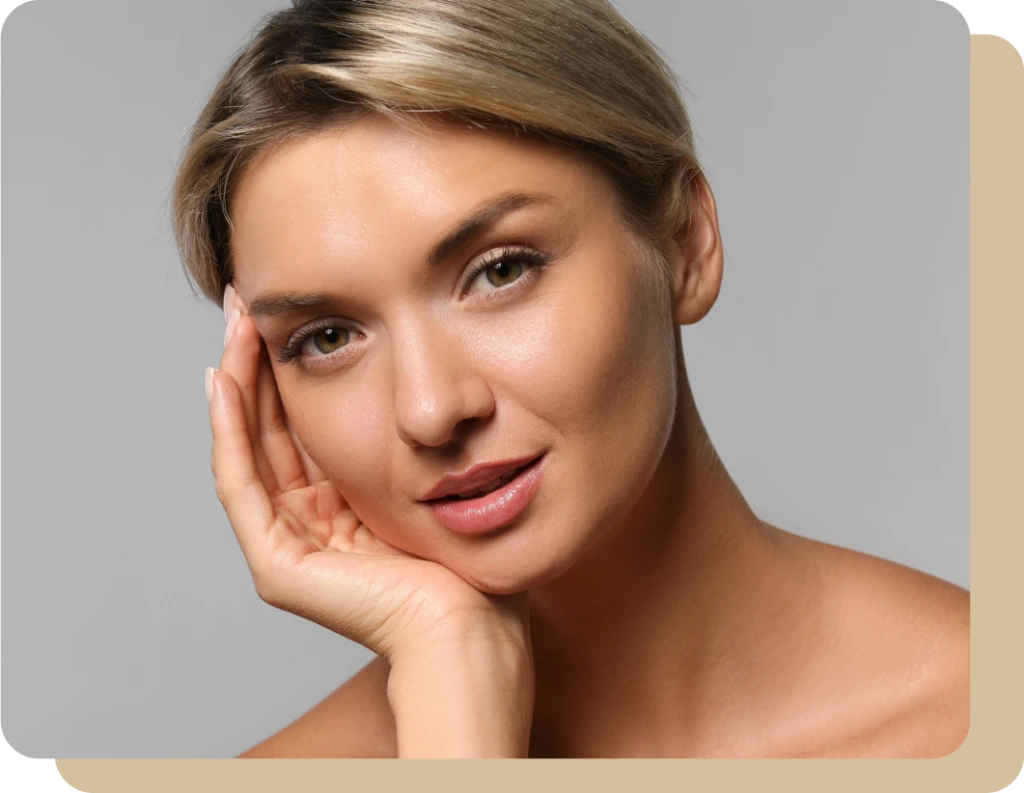
For the first 24 hours after treatment, patients should avoid rubbing or massaging the injection site. They must allow the neurotoxin to bind to the nerve endings and muscles. Touching or massaging may cause Botox to migrate into nearby tissues and cause complications.
Patients can resume normal activities immediately after this cosmetic treatment. However, we recommend avoiding strenuous exercise for 24 hours. This helps prevent sweating, which might also cause Botox to migrate.
Over the next two weeks, patients may gently wash their faces, applying light pressure with their fingertips. Vigorous scrubbing should be avoided for at least 7 days. Facial products and makeup can be used normally as long as they are applied gently.
If small bumps develop under the skin where the injections were placed, patients may apply a cool compress for 5-15 minutes several times daily. In most cases, the lumps disappear within a few days.
Patients should avoid taking ibuprofen or aspirin for 1 week after Botox as these medications might increase bruising and swelling. Acetaminophen can be used as needed if headaches develop due to the injections. However, these symptoms typically resolve within 24 hours.
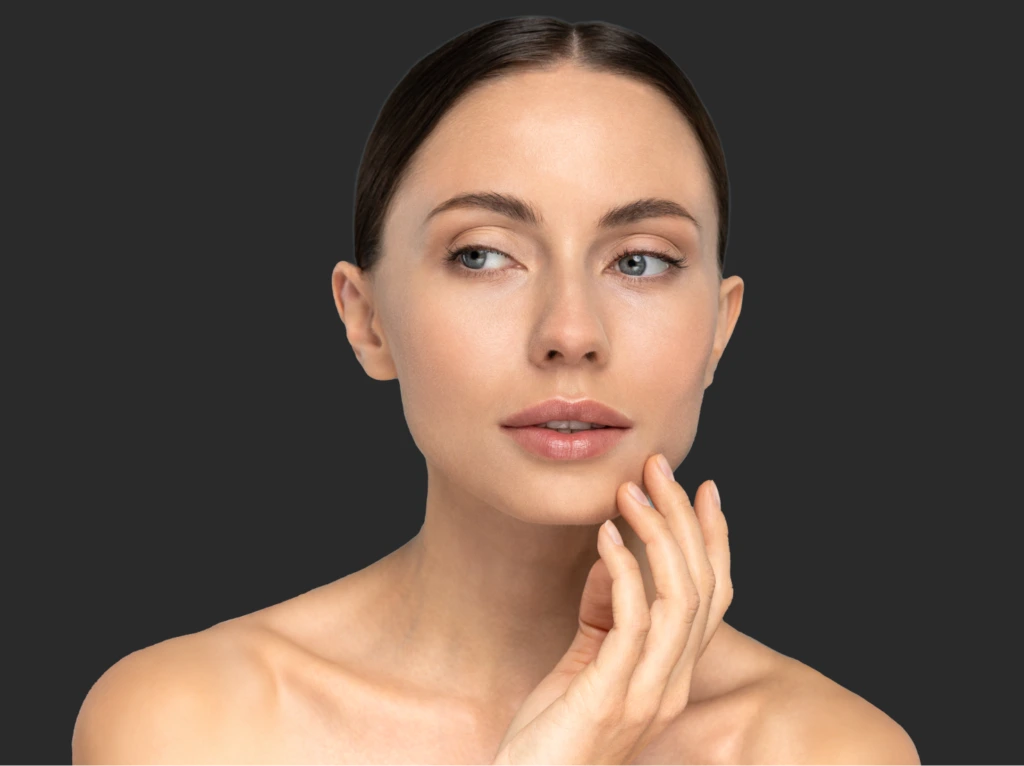
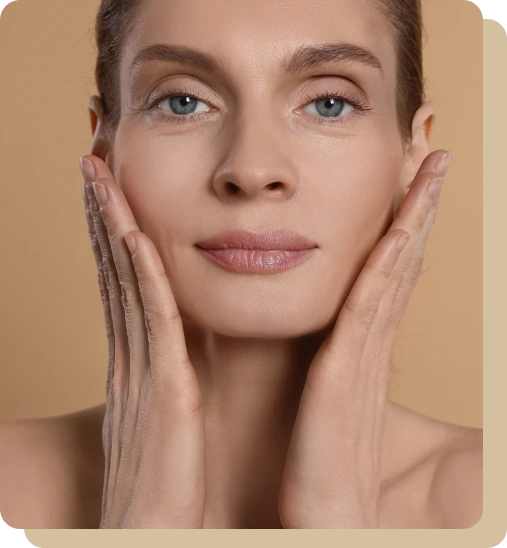
@medspamdgroup Another emotional reveal from our beautiful client ✨❤️ Non Surgical BBL🍑 #nonsurgical #bbl #medspa #selfimprovement #liquidbbl #selflove #medicalspa #bodypositivity #transformation ♬ original sound - Medspa MD Group